Thank you for downloading this Simon & Schuster ebook.
Get a FREE ebook when you join our mailing list. Plus, get updates on new releases, deals, recommended reads, and more from Simon & Schuster. Click below to sign up and see terms and conditions.
CLICK HERE TO SIGN UP
Already a subscriber? Provide your email again so we can register this ebook and send you more of what you like to read. You will continue to receive exclusive offers in your inbox.
We hope you enjoyed reading this Simon & Schuster ebook.
Get a FREE ebook when you join our mailing list. Plus, get updates on new releases, deals, recommended reads, and more from Simon & Schuster. Click below to sign up and see terms and conditions.
CLICK HERE TO SIGN UP
Already a subscriber? Provide your email again so we can register this ebook and send you more of what you like to read. You will continue to receive exclusive offers in your inbox.

An Imprint of Simon & Schuster, Inc.
1230 Avenue of the Americas
New York, NY 10020
www.SimonandSchuster.com
Copyright 2019 by Teru Clavel
All rights reserved, including the right to reproduce this book or portions thereof in any form whatsoever. For information, address Atria Books Subsidiary Rights Department, 1230 Avenue of the Americas, New York, NY 10020.
Some names have been changed.
First Atria Books hardcover edition September 2019
 and colophon are trademarks of Simon & Schuster, Inc.
and colophon are trademarks of Simon & Schuster, Inc.
For information about special discounts for bulk purchases, please contact Simon & Schuster Special Sales at 1-866-506-1949 or .
The Simon & Schuster Speakers Bureau can bring authors to your live event. For more information or to book an event, contact the Simon & Schuster Speakers Bureau at 1-866-248-3049 or visit our website at www.simonspeakers.com.
Design by Jill Putorti
Jacket design by James Iacobelli & Chelsea McGuckin
Jacket illustration by Jonathan Bush
Author photograph Catalina Kulczar
Library of Congress Cataloging-in-Publication Data is available.
ISBN 978-1-5011-9297-5
ISBN 978-1-5011-9299-9 (ebook)
For the greatest educators in my life: my three childrenJames, Charles, and Victoriaand my mother, Sachiko. Thank you for inspiring me to write this book. I love you always and forever.
Introduction
Threes Company
T he house phone rang, and I ran to the kitchen to get it. It was 9:00 p.m.
Hello? I said.
Hel-lo, said an automated voice. This is the Palo Alto Unified School District. We are calling to inform you that your student was absent from school today. I spun around to glare at James, my oldest child, who had just started eighth grade, his second year in our new district. Then my phone buzzed with a new email alert and a text communicating the same message.
James, you cut school today?!
Of course not, Mama, he replied. Why would you ask me that? I immediately felt guilty for accusing him, but it hadnt occurred to me that the school might have gotten it wrong.
This was the first week of school, and by the end of it, James was mistakenly marked absent three days. On the fourth day, he was sent to the principals officeand missed an entire class while they figured out they had the wrong James. This was a wholly different experience from the one wed had in our last school overseas, where I grew accustomed to receiving calls from my childrens classroom teachers in the evening to discuss their progress. But here in Palo Alto, Californias top-rated school district, these regular calls confirmed my sense that something was very, very wrong. Were my kids even safe in school? What if they never made it to class? Would I hear about it? After all, the school had waited until 9:00 p.m. to let me know they hadnt seen him all day!
It exemplified perfectly our educational experience in Palo Alto. My children were getting lost in a district I came to believe was struggling with a systemic lack of oversight, where students academiclet alone social and emotionalneeds were getting lost in bureaucratic failures.
No wonder this was the first time in ten years that my kids didnt love school. They didnt even want to go to school anymore.
Welcome back to America.
* * *
This was our first time back in the United States after living abroad for a decade. Ten years earlier, called by the promise of adventureand avoiding the uber-competitive rat race that is preschool admissions in New York Citymy husband and I uprooted our preordained life in our hometown and moved halfway across the world to Hong Kong.
I didnt know exactly what I was looking for when we got on that plane as a family with two toddler sons. And I didnt know what to expect. But I did want my kids to be worldly, compassionate, inspired, and passionate about learning. I wanted them to be exposed to different cultures and develop empathy for different ways of thinking.
The years we spent abroad, starting in Hong Kong, then Shanghai, and then Tokyo, opened our eyes to new experiences and ideas in ways I could never have anticipated. Perhaps the biggest surprise of all was how well all of my childrenthree of them by the time we returned to the Statesthrived in the distinct culture and education system in China and Japan. Instead of enrolling my kids in international schools meant to attract English-speaking expatriate families, I sent them to the local public schools. They transitioned from new culture to new culture, from public school to public school. Schools in Asia often seemed bare-bones and institutional from the outside, lacking heat, indoor toilets, and the technology that is almost inevitable at their American counterparts. Yet these schools ultimately gave my children some of the best educational experiences I could have hoped for.
As I saw how different, yet immensely effective, the school systems were in Asia, I was motivated to further my own education. While living in Shanghai, I returned to school for a masters degree in comparative international education and became an education journalist and speaker in Tokyo.
The result was that I got quite the schooling over those ten years. My masters course work, coupled with my firsthand experience as a parent of children enrolled in public schools in China and Japan, was eye-opening. I witnessed how the old-school education practices that had long fallen out of vogue in the United States, like rote memorization, gave my children an unparalleled knowledge base. I saw how the cultural priorities in China, like competitive learning, and in Japan, like the whole child philosophy and the way the community watches out for children, allowed me to trust the education system in a way my friends back home couldnt.
But I hadnt realized how sharp the contrast was until we returned home, and it became sadly apparent that our top-rated public school was nowhere near able to pick up where the Asian schools left off. By then, my sons were placing two years ahead in math, and their California schools werent prepared to challenge them. My middle son, Charles, had no fewer than five teachers in the course of fifth grade. Coming from the structure, rigor, and tried-and-true pedagogical methodologies Id seen in China and Japan, this felt unnervingly chaotic. And I realized that this messy system is something that every American parent must wrestle with. Many of us dont know any other waytheres proof education can work so much better.
Next page

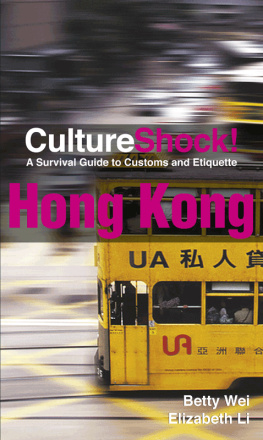
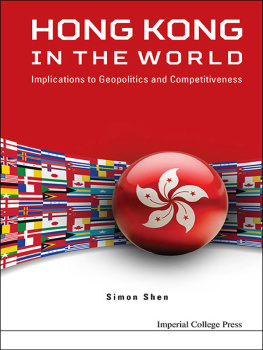
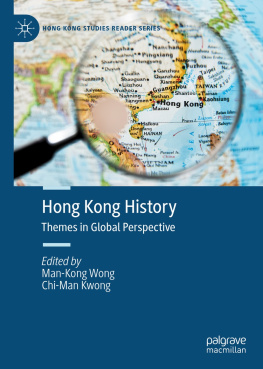
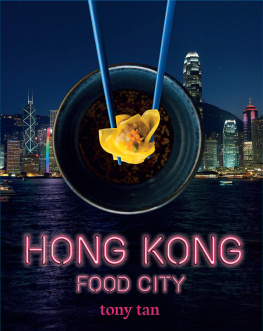


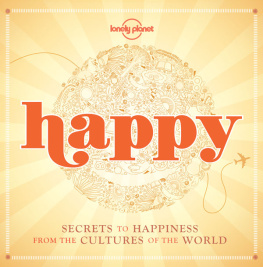

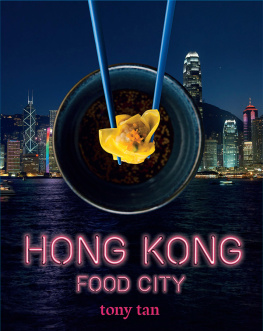
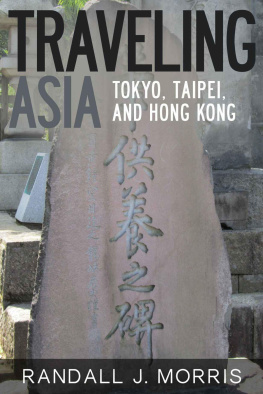


 and colophon are trademarks of Simon & Schuster, Inc.
and colophon are trademarks of Simon & Schuster, Inc.